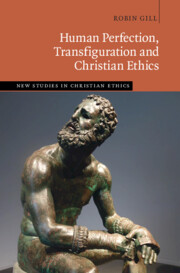Geoffrey of Vinsauf's Poetria nova must be studied as a poem in its own right as thoroughly as it has been studied as a technical rhetorical treatise; although many scholars have acknowledged the brilliance of his style, few analyses thereof exist. This imbalance in criticism limits our understanding of his ideas and the appeal they held for medieval poets. This study, therefore, focuses on two images in the section on ornatus graves, or weighty ornamentation, the category of figures defined by its reliance on transumptio. In describing its moving effects, Geoffrey uses the imagery of a pilgrimage (peregrinatio) and of a “clear cloud” (nubes serena). Both help him explain how transumptive language at first displaces or hides meaning beneath something that is deceptively ordinary. When that meaning becomes clear to the reader, however, the recognition can be delightful, intoxicating, or even wondrously transporting. The images are not original to Geoffrey, nor are they drawn from the discourse of formal rhetoric. Rather, peregrinatio and the nubes serena have a rich history in liturgical drama, biblical commentary, and iconography where they signify a kind of spiritual transport remarkably similar to Geoffrey's conception of transumptio in terms of process and quality. Thus, the Poetria nova leverages the spiritual significance of the images to make a decisively literary point about the wondrous power of subtle, transumptive language. Only by recognizing the resonance of these images can we fully appreciate just how highly Geoffrey values transumptio. Approaching the Poetria nova with a poet's eye expands the range and scope of likely influences on the treatise and, more importantly, deepens our appreciation for his remarkable commitment as a poet to the affective potential of transumptive language.
